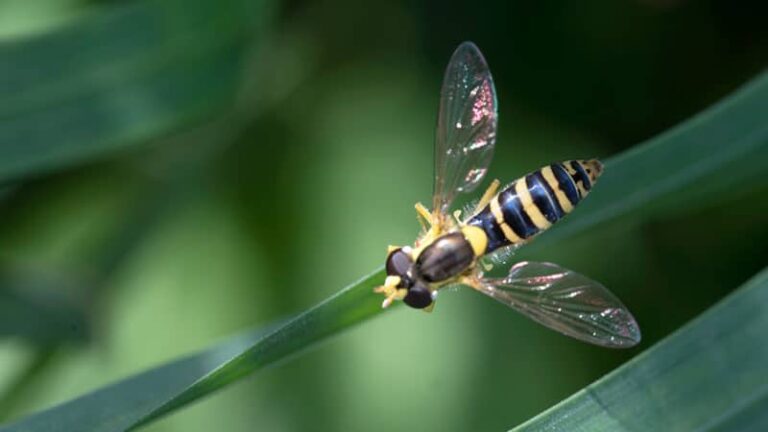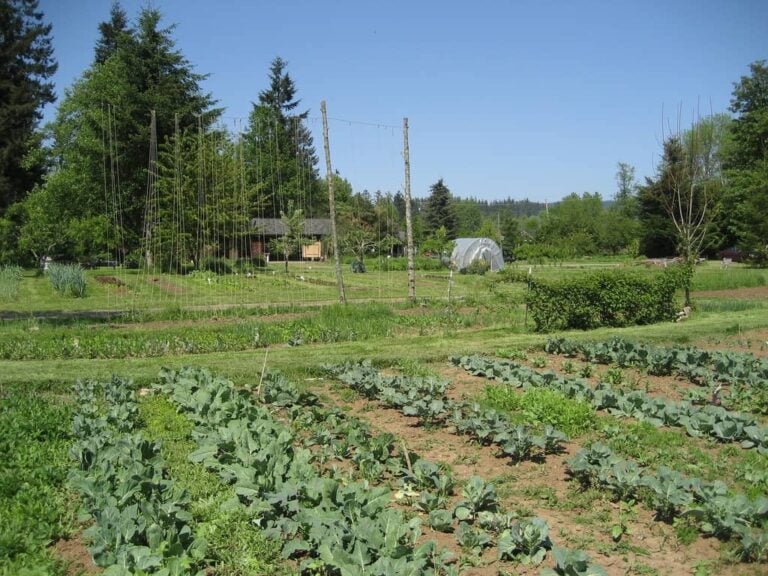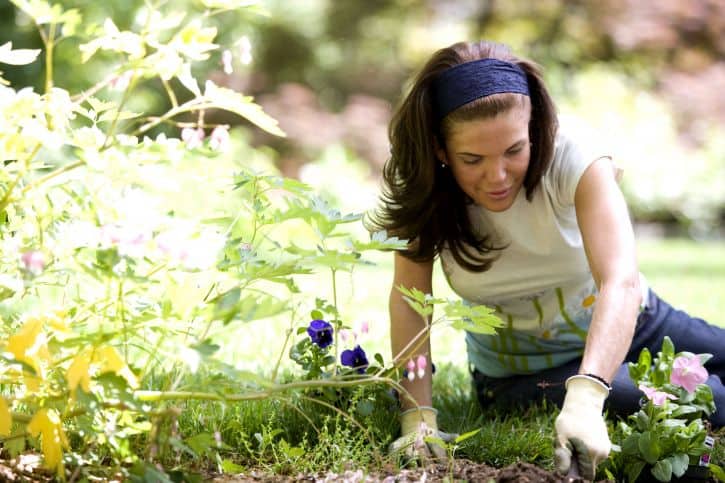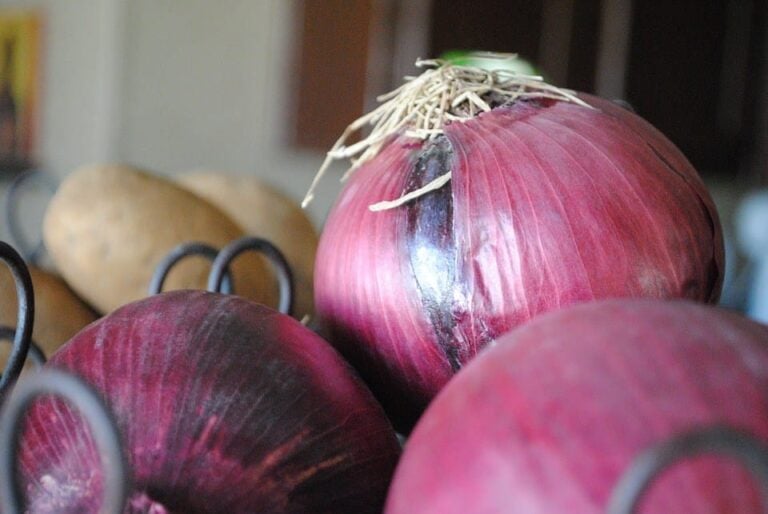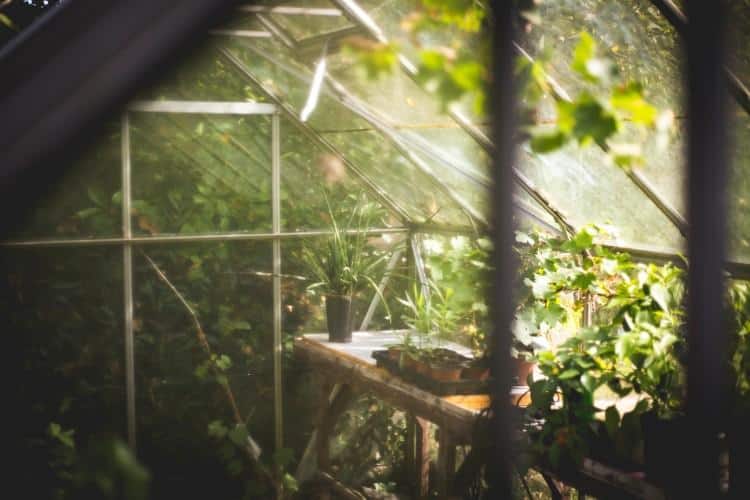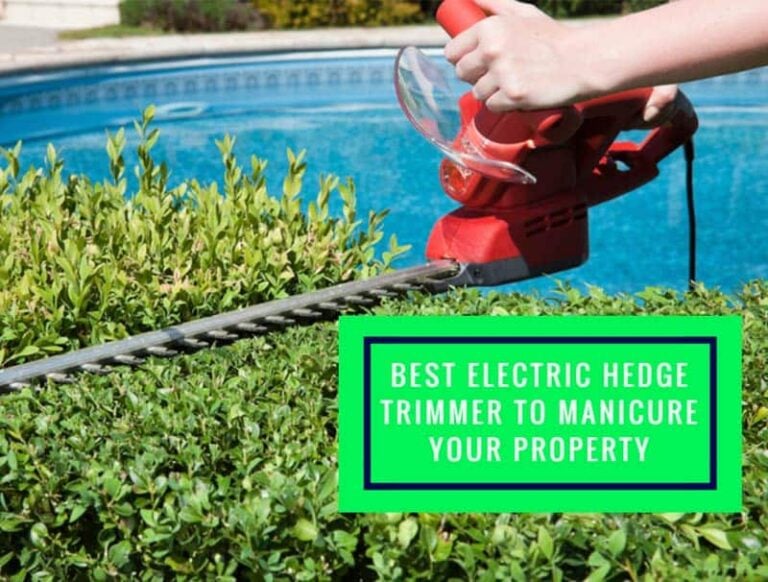Learn About Growing Broccoli in Containers
Broccoli can grow well in a container or pot. You can grow a single broccoli plant in one five-gallon container or two or three plants in a 15-gallon container. Since the plant prefers cooler weather, it’s best to plant broccoli in containers in either the spring or fall, when temperatures won’t be above 75 degrees Fahrenheit. Plant your broccoli too late and you might not get a harvest. Broccoli needs full sun, well-drained, fertile soil and plenty of water to thrive in a container.
Choosing Containers
You want to look for containers that meet two requirements. The containers need to be big enough for the broccoli plant and they need to have a drainage hole or holes in the bottom, so that your plants’ roots don’t rot.
Container Size
How large your container is depends on the number of broccoli plants you want to grow. To grow a single plant, you’ll need a container that can hold at least 5 gallons of soil, according to Bonnie Plants.
If you plan on growing several plants in a single container, you’ll want to pick a bigger pot. To grow three plants for example, you’ll want a 15-gallon pot.
The width of the container is also an important thing to look at. Broccoli plants can have a spread of up to three feet across, according to Cornell University’s Growing Guide. To keep your plant from being too top heavy and potentially tipping over its pot, you’ll want to choose a container that’s at least 18 inches, if not 24 inches, in diameter.
Dealing with Drainage
Although plants need water to thrive, too much water trapped around the roots can cause them to rot. No matter how many broccoli plants you’re growing in a container, it’s essential that the container have an opening to let the excess water drain away.
The easiest way to make sure the container drains well is to choose a pot that already has a built-in drainage hole. You can also drill or nail a hole in the pot to improve drainage, if you can’t find a container you like with a hole in it.
If you’re going to make your own drainage hole, try to choose a pot that is made from a material that is easy to drill or push a nail through. For example, it is relatively easy to drill a hole into a wooden container or to create a hole using a nail in a plastic container.
Choosing A Location
Where you put the container will determine how much sun your broccoli plant gets. How much sun the plants receive determines when they reach maturity and are ready to harvest.
Broccoli plants can tolerate some shade, but for best results and the speediest harvest, you’ll want to pick a spot on your patio or in your yard that gets at least six hours of sunlight daily.
Planting the Broccoli
You can grow broccoli in containers from either transplants or seeds. You can direct sow the seeds in the container or start them in small cells, indoors, then move the seedlings to the container later on. In a video created for Burpee Gardens, gardener Chelsea Fields shows you how to move your broccoli seedlings from the starter cells to the actual container. Check it out:
Soil Requirements
Since you’re growing your broccoli in containers, it’s essential that you use soil designed for use in containers. Look for a container soil or potting mix to use. A potting mix designed for growing vegetables is ideal, as it will have the added nutrients broccoli needs.
Container mixes are also designed to be light and to drain easily. If you use garden soil in a pot, it’s likely to clump together when wet and to choke the plant’s roots. Garden soil can also contain bacteria and weed seeds, which can harm your broccoli plants.
If you aren’t sure how fortified or nutritious the container soil you’re using is, you can boost its nutrition by mixing in a handful or two of compost when you plant the broccoli seeds or seedlings.
When to Plant
Broccoli is a cool weather crop that does best when temperatures are lower than 75 degrees Fahrenheit. For that reason, it’s often grown in the early spring and in the fall.
If you are growing broccoli for a fall harvest, Rodale Organic Life recommends direct sowing the seeds in the container no earlier than 100 days before your area’s first frost day and no later than 85 days before the first frost date.
In the springtime, it is safe to direct sow or to transplant your broccoli seedlings outside three weeks before the last frost date for your area, according to the Old Farmer’s Almanac.
Varieties for Growing in Containers
Some varieties of broccoli might be better suited for container life than others. Texas A&M Agrilife recommends Packman and Bonanza varieties, for example. The University of Maine also suggests Arcadia for growing in a container.
What the three varieties have in common is that they are all hybrids and they are all known for producing a number of side shoots, after they produce the main broccoli head. Plants that produce a number of side shoots, or smaller broccoli heads, have a longer harvest season. You can enjoy a higher yield without having to plant a lot of plants.
Feeding and Watering the Broccoli
As long as you use a nutritious container soil or mix in a bit of compost before you plant your broccoli, you most likely won’t have to fertilize the plant while it grows. What you will need to do is make sure it gets enough water. If the plant doesn’t get enough water, its stems will be tough, according to Rodale Organic Life.
Water the broccoli regularly and don’t let the soil in the container dry out between waterings. You can put a layer of mulch on top of the soil in the container to help to moisture in and to help keep the soil cool when the temperature starts to warm up.
With the right conditions, you can expect your broccoli plants to be ready to harvest anywhere from 45 to 60 days after you plant them. Once you cut off the main head, the plant isn’t necessarily done. Many varieties produce side shoots that will keep you in broccoli for weeks to come.
Photo by nociveglia licensed under CC BY 2.0.

